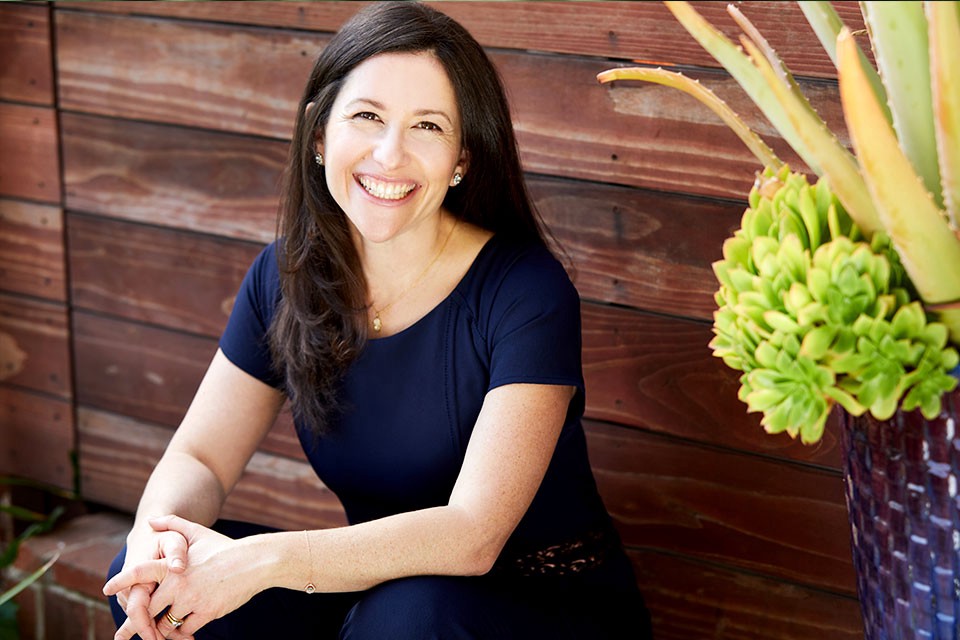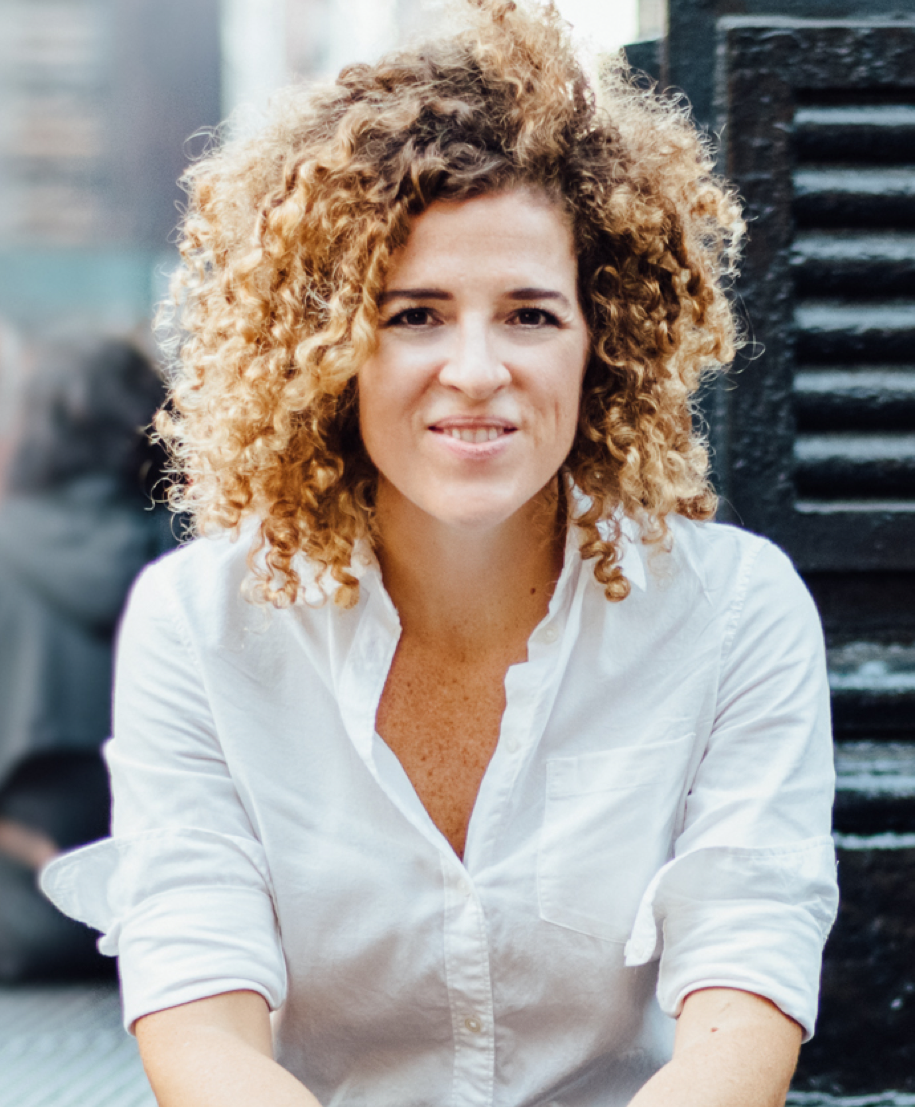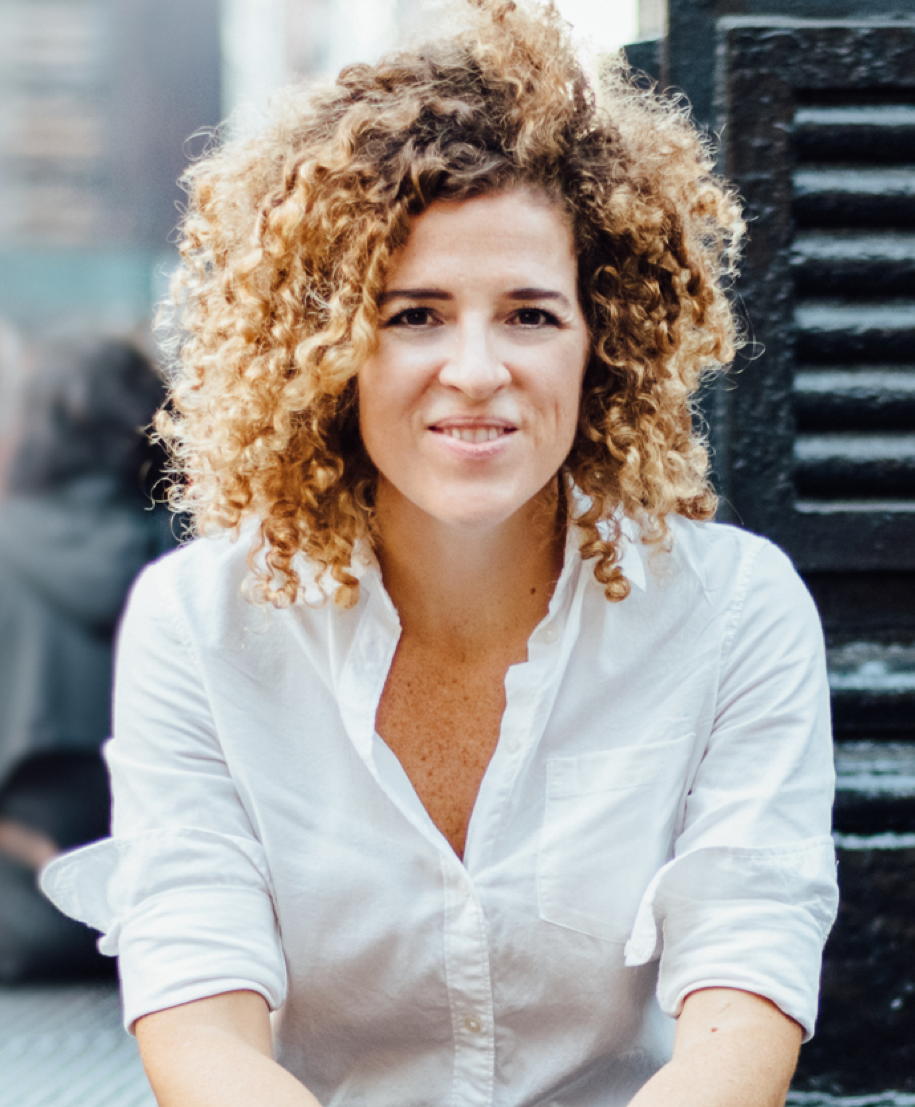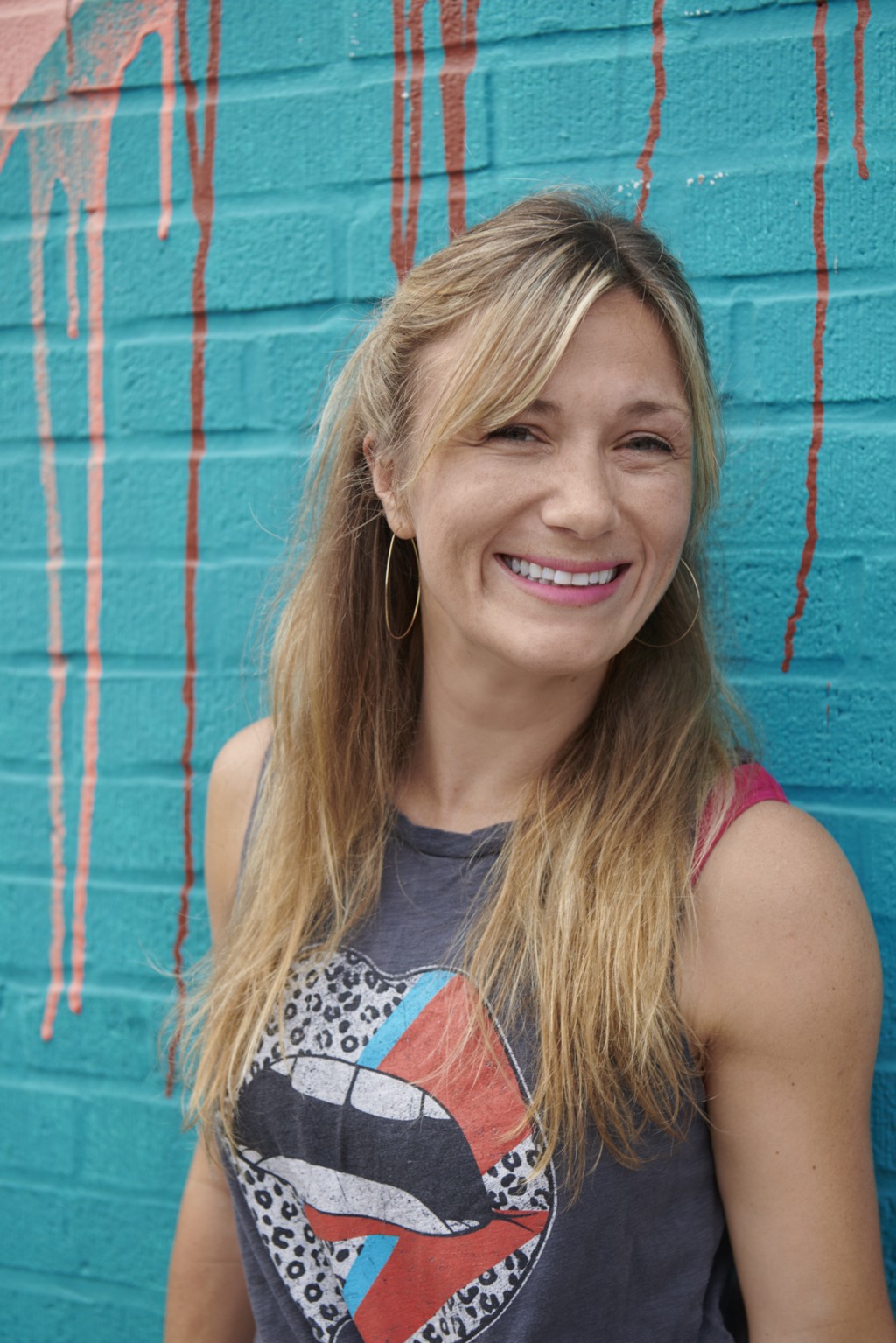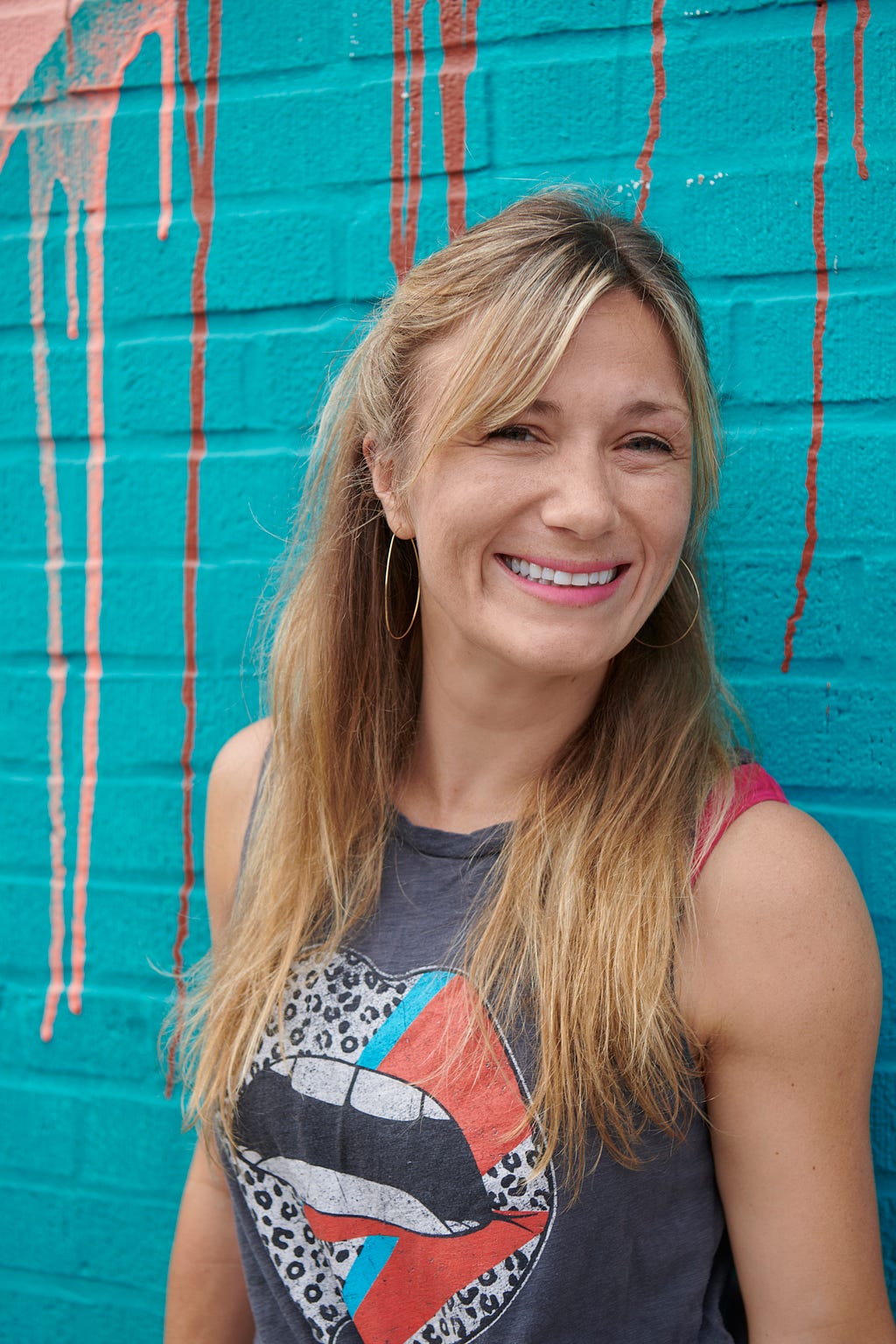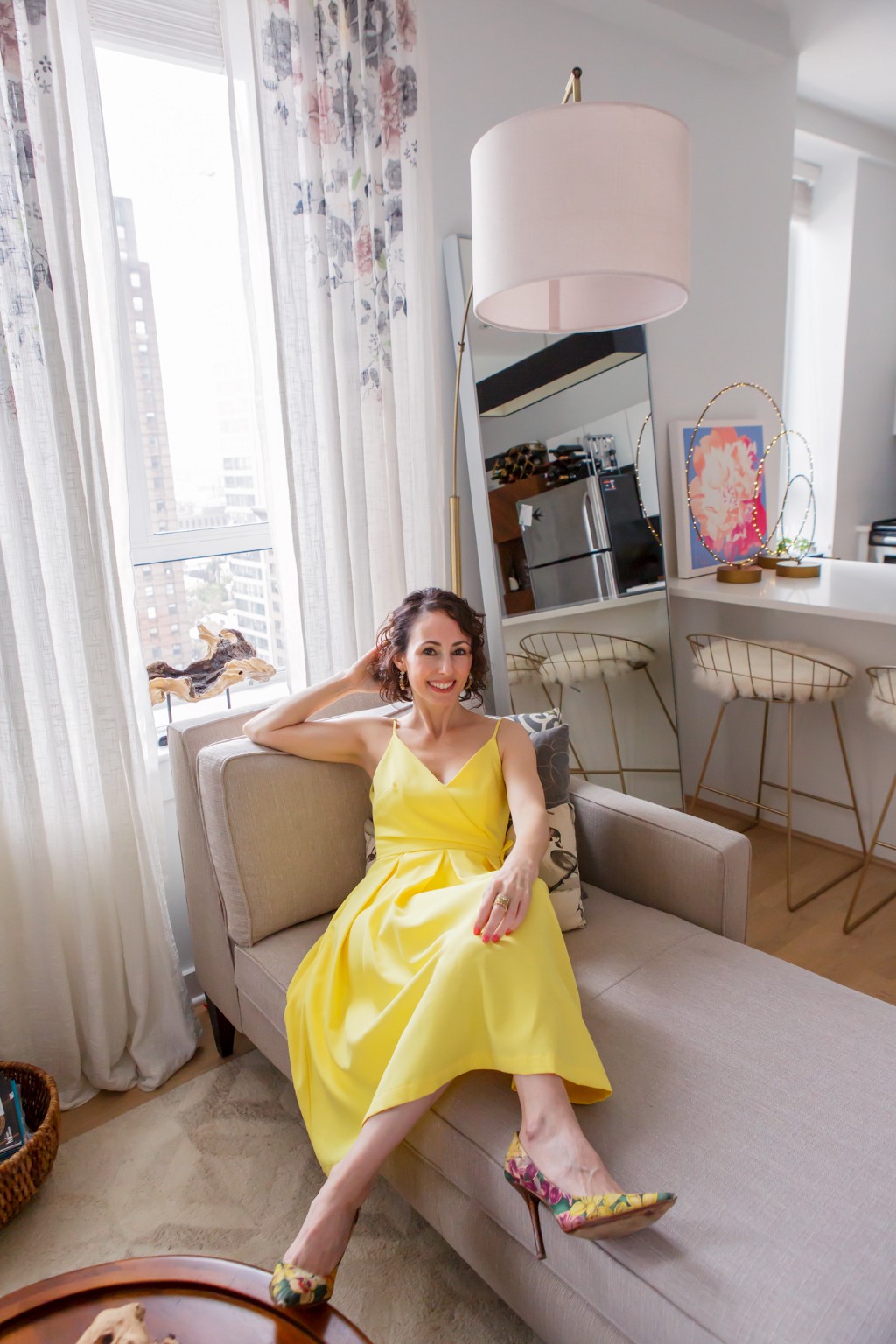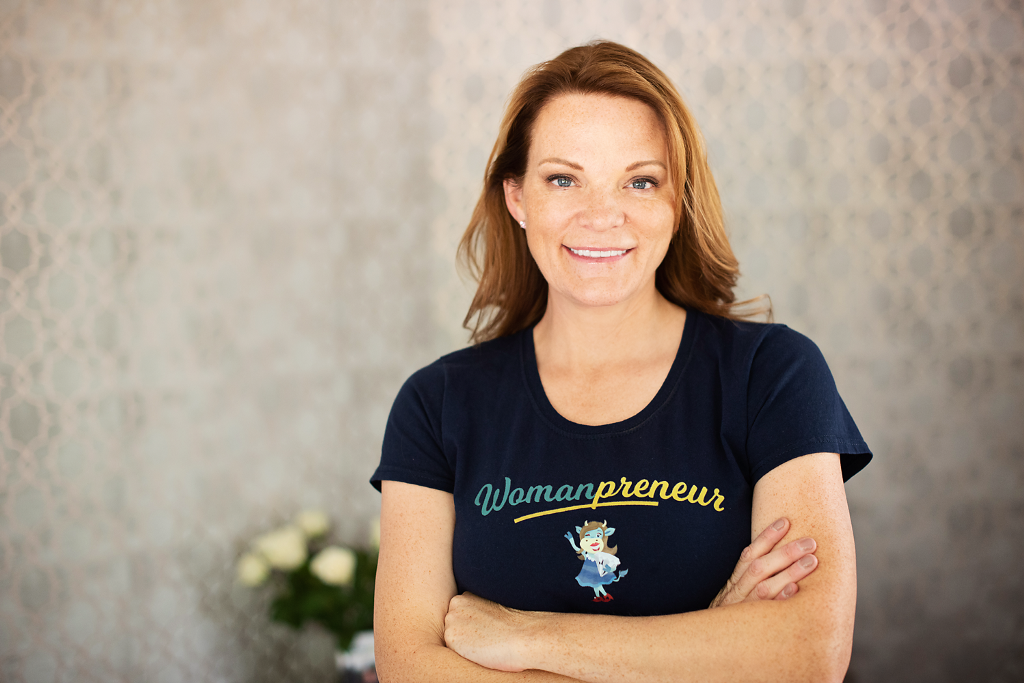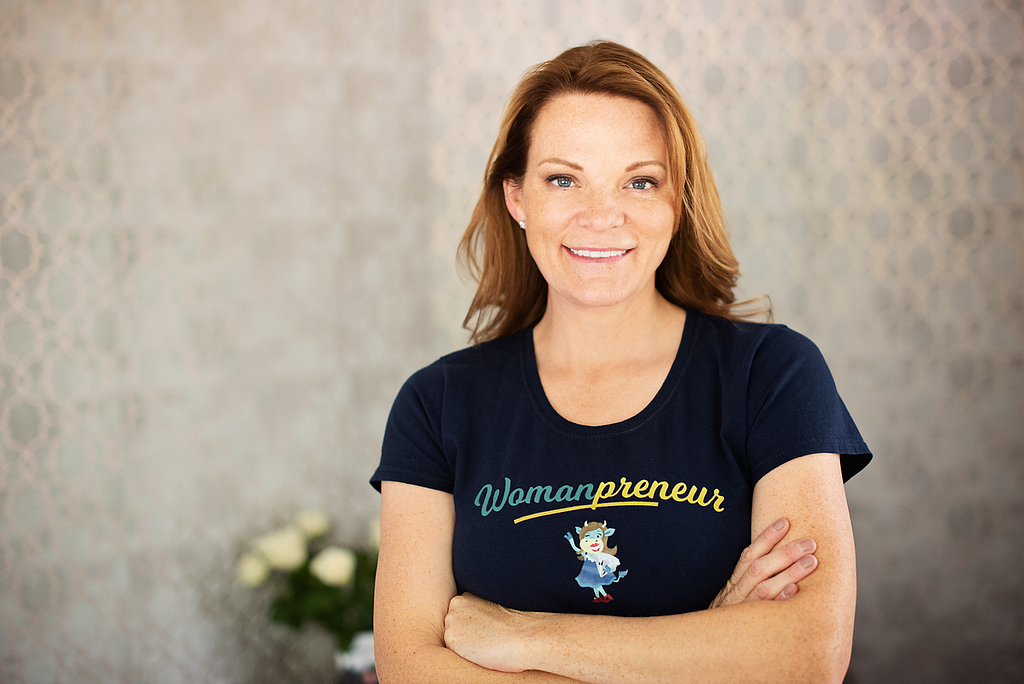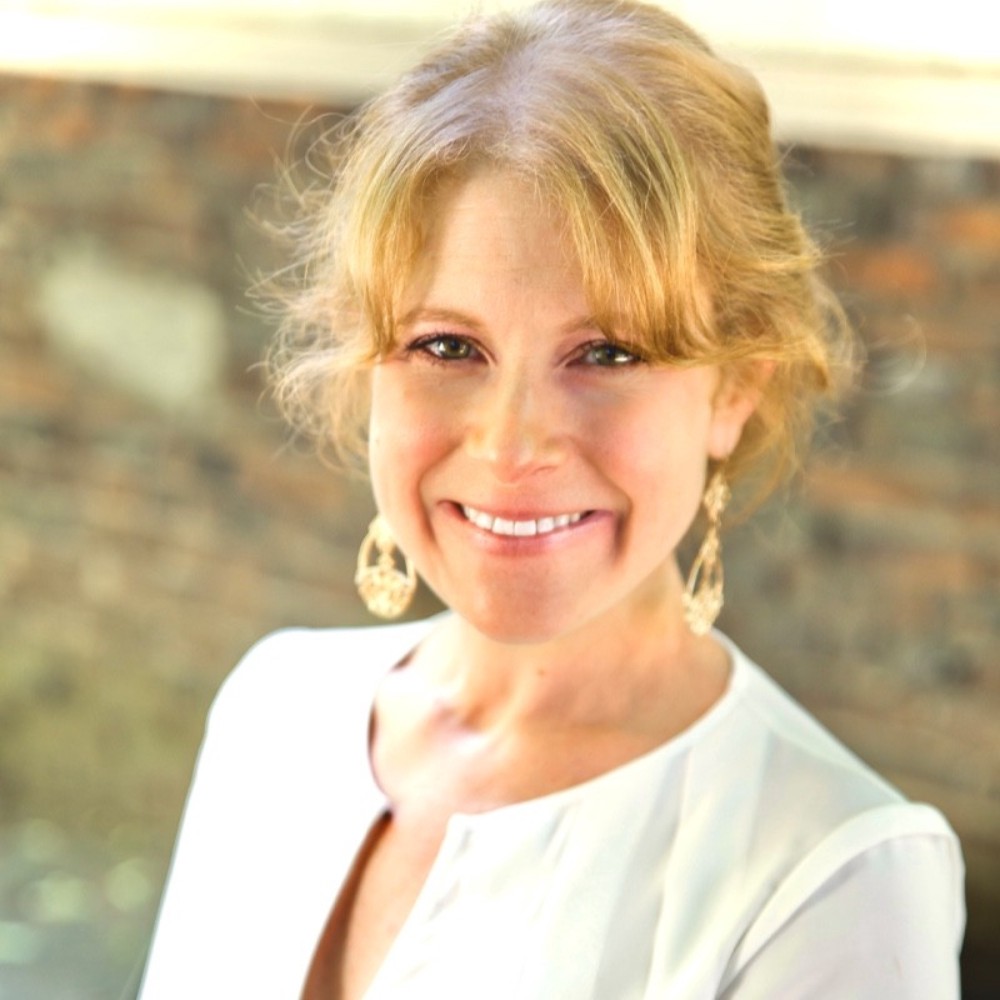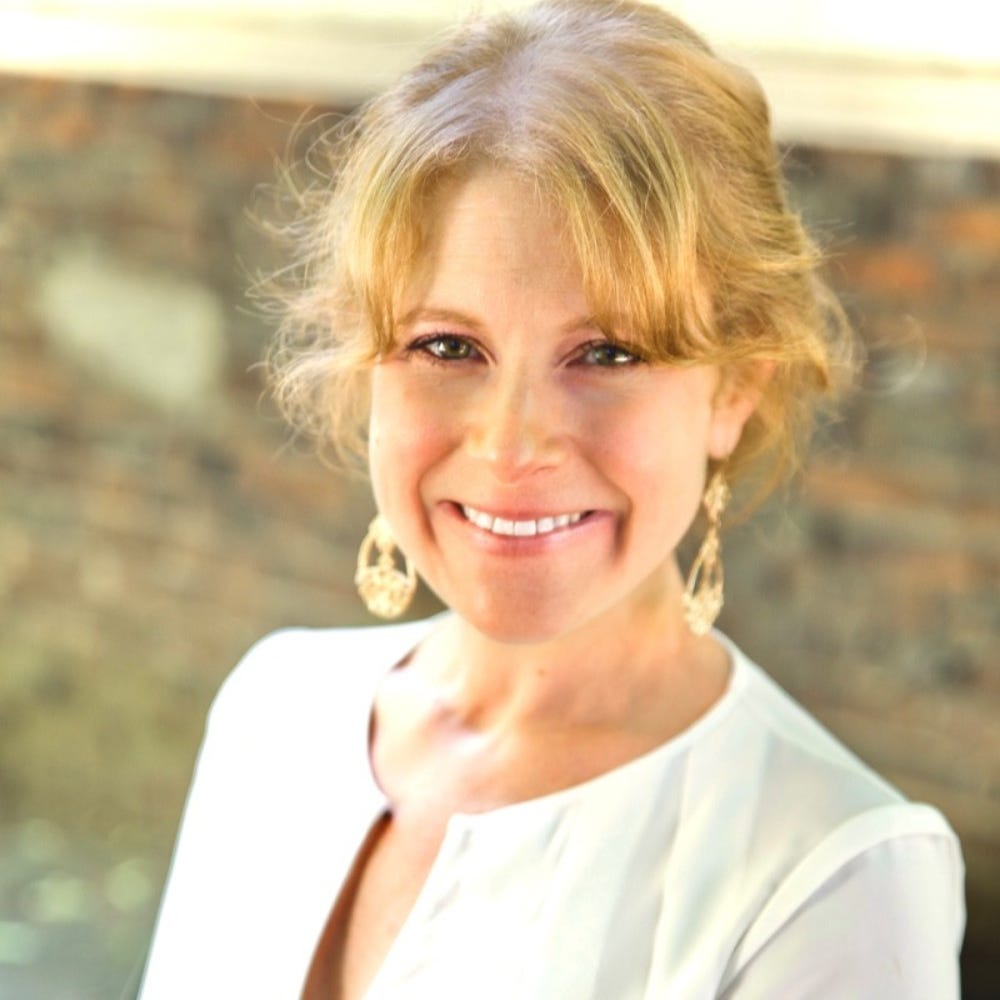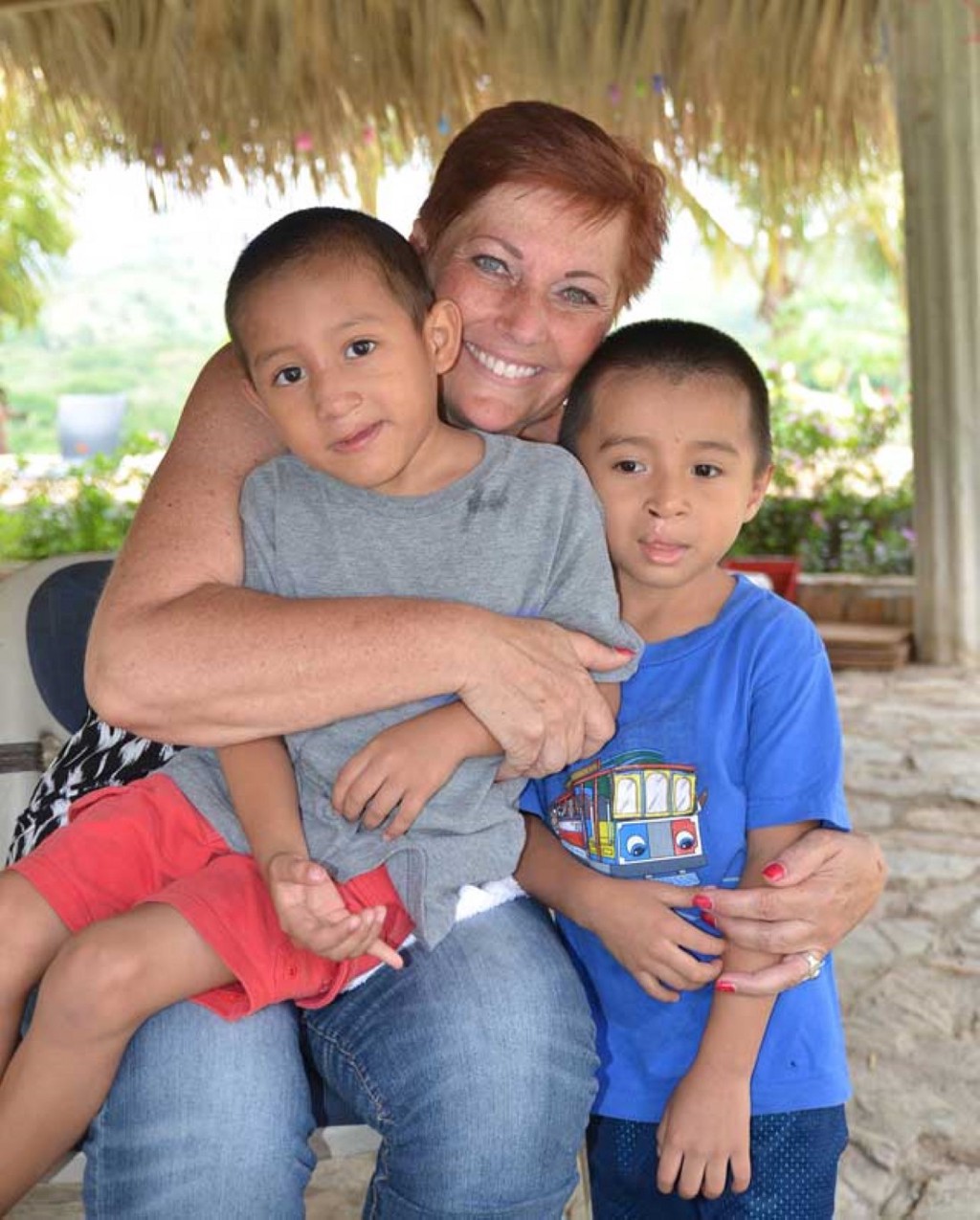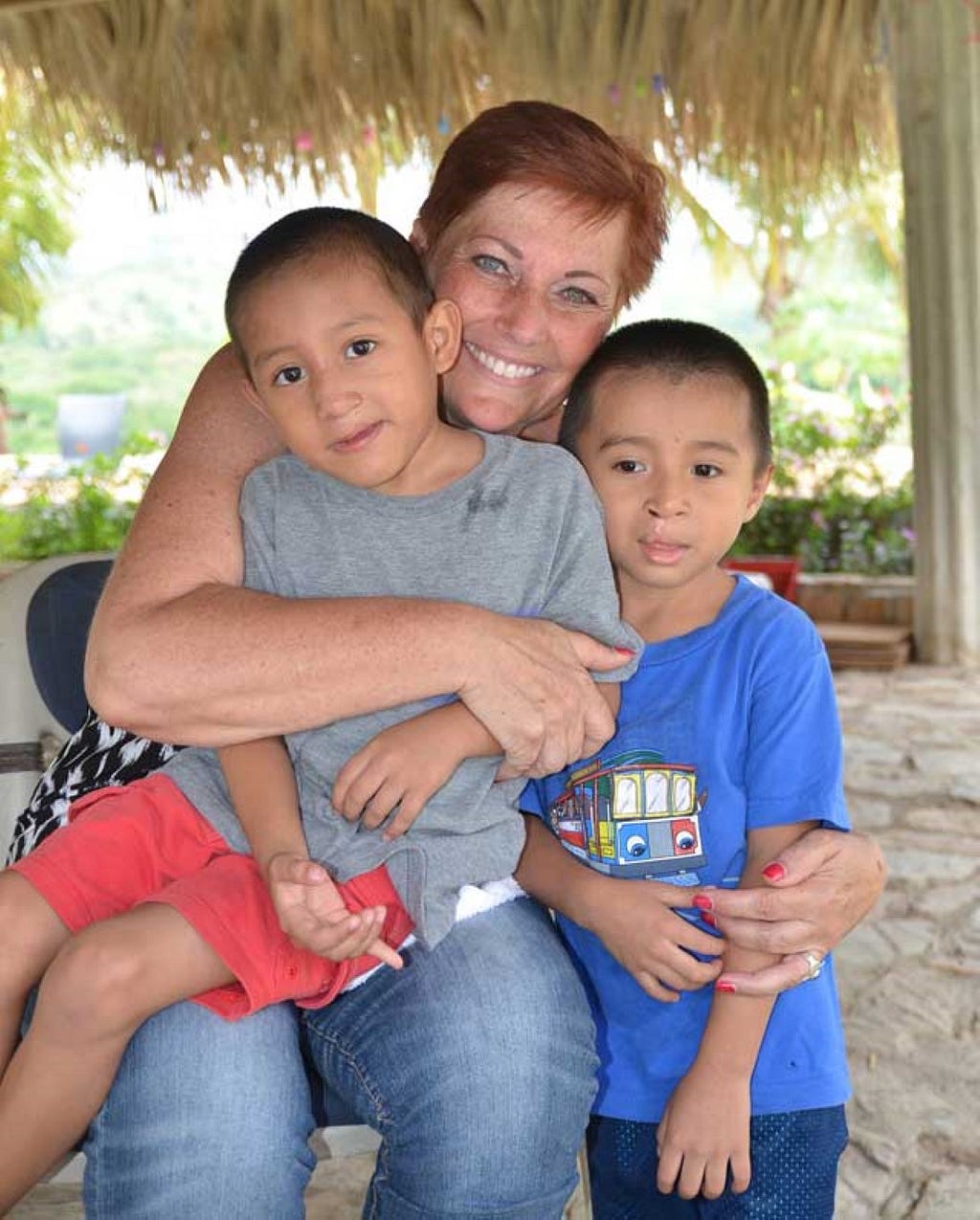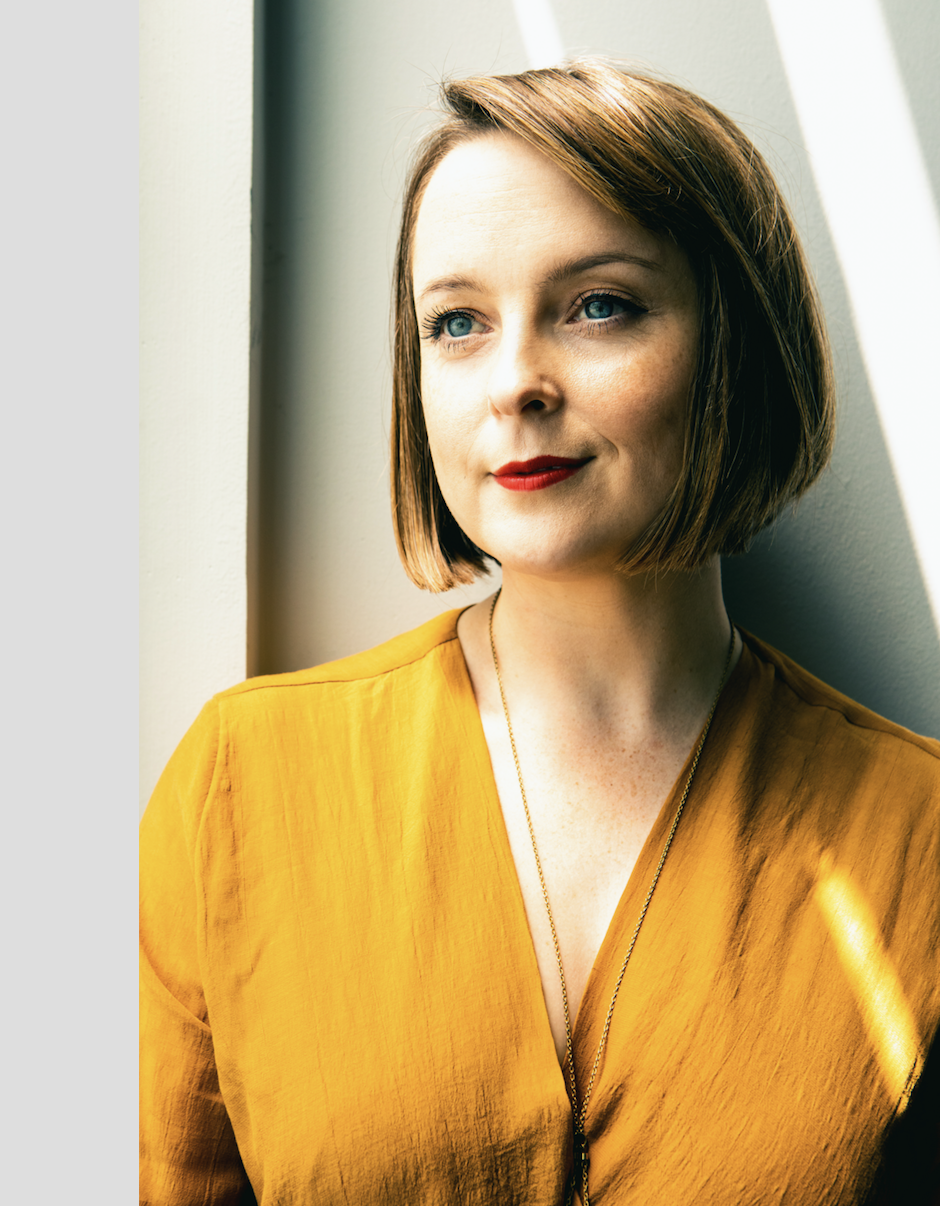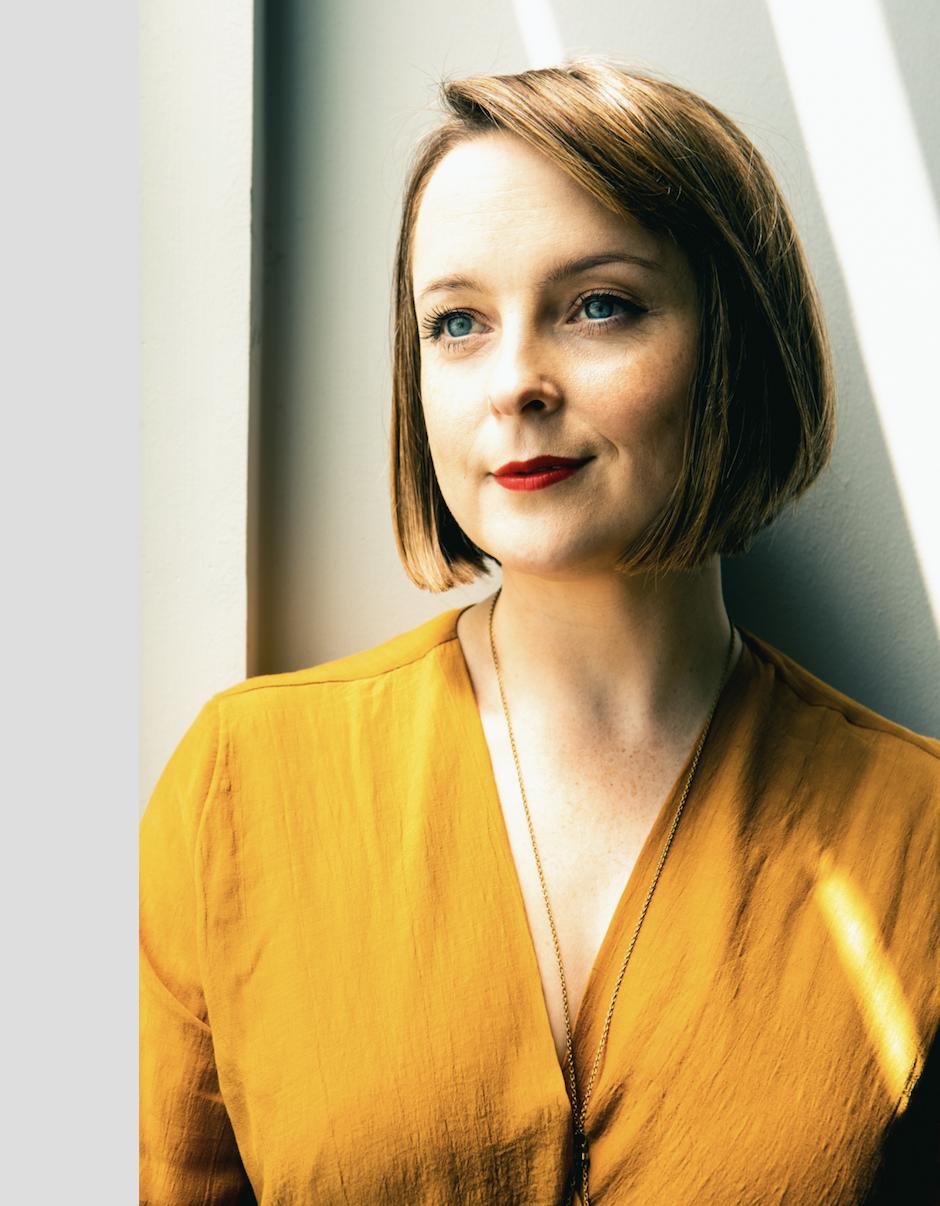Female Disruptors: Emily Kane Miller of Ethos Giving On The Three Things You Need To Shake Up Your Industry
An Interview With Candice Georgiadis
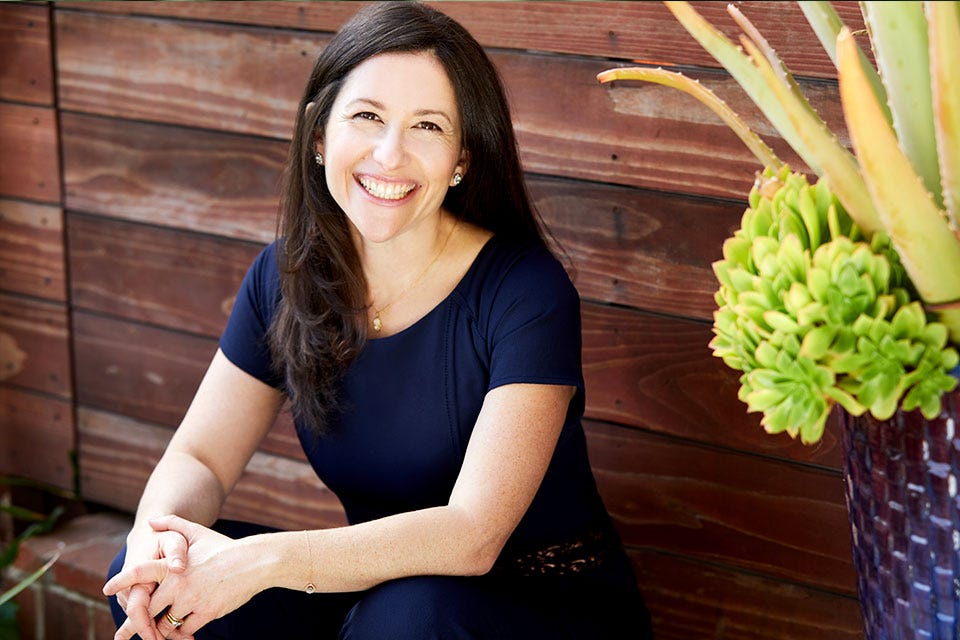
My mom always told me that you “get more with honey than with vinegar.” It sounds so saccharin, but it has been the secret to my success.
As a part of our series about women who are shaking things up in their industry, I had the pleasure of interviewing Emily Kane Miller
Emily Kane Miller is founder and CEO of Ethos Giving, a social impact services firm, and Ethos Tracking, an online data management tool that allows businesses, nonprofits, and foundations to more effectively track their social impact. She also serves as a scholar in residence at The Brittingham Social Enterprise Lab at the University of Southern California’s Marshall School of Business.
Thank you so much for doing this with us! Before we dig in, our readers would like to get to know you a bit more. Can you tell us a bit about your “backstory”? What led you to this particular career path?
Twenty years ago, people looking to advance social justice pushed toward careers in government and nonprofit. As someone who wanted a career that made a difference, I expected to do the same. When I graduated from law school in 2009, the economy was rocky–I needed to update my plan. I had a chance to work on social impact at The Wonderful Company, a corporation that was looking to address huge challenges for its employees in California’s Central Valley.
We didn’t just “give back” — we blended philanthropy, impact investment, community empowerment, employee engagement, and advocacy work to make sustainable change for real people.
During my nearly decade there, I saw firsthand how much can be accomplished with this multifaceted model — we were able to support paradigm changing work in education and healthcare, and foster powerful community-based work across a myriad of issues, including immigration, access to parks, and voter enfranchisement.
By 2019, I saw that the world had really shifted. More and more donors and corporations were looking to implement strategic, powerful, and dynamic social impact work.
Now I have my own firm — Ethos Giving — doing this same type of work for individual donors and companies big and small.
Can you tell our readers what it is about the work you’re doing that’s disruptive?
The 1990s version of “giving back” is dying. Corporate good that centers on volunteer days and supporting a few galas a year, isn’t going to cut it anymore.
The social impact work of the future is rooted in the values of a company and is purpose driven.
That said, this work doesn’t get more ambitious simply by wishing it so. I am a social impact disruptor. We challenge the status quo. Our firm helps leaders looking to really move the needle on impact get it done in two major ways. First, we help our clients identify a smart and effective impact effort that truly makes sense for their business, which they can sustain over time. Unfortunately, so many causes are picked because of headlines and popularity. That is a surefire way to fail at impact. It’s crucial to do what you know. Second, you can have the best impact idea in the world, but it won’t take off without a structured plan. We know the devil is in the details, having built and led this work for over a decade both in house and for clients. We help build the scaffolding necessary to sustain outstanding impact work and train the internal teams to take the reins.
When it’s all said and done — I want to be able to say that we changed the way corporations deployed generosity and shifted business practices for good, and that it made an outsized difference for the communities and people served. Not just for our clients, but for the entire sector.
Can you share a story about the funniest mistake you made when you were first starting? Can you tell us what lesson you learned from that?
When I was in law school, I was working on the Thai-Burmese border doing international human rights work. We were interviewing incredible women. Each had survived an untold number of injustices, including at the hands of the military junta who was in power in Myanmar at the time.
These interviews were very serious, and very long. We had amazing translators helping us, but sometimes things get lost in translation. Somehow, a conversation turned from a discussion about maternal health to all the sudden — our entire group tearing up laughing at confusion around what seemed to be a fart joke. We eventually got back on track. Honestly, though, the rest of the conversation was much deeper because of the mistake.
I learned that it’s important to be focused and professional, but to always leave room to stay human.
We all need a little help along the journey. Who have been some of your mentors? Can you share a story about how they made an impact?
Rabbi David Saperstein is an incredible social justice leader who I had the privilege to work with early in my career at the Religious Action Center. He taught me the power of coalitions.
Designated by Newsweek Magazine as the most influential rabbi in America and by the Washington Post as the “quintessential religious lobbyist on Capitol Hill,” for 40 years as Director of the Religious Action Center of Reform Judaism, David Saperstein represented to Congress and the Administration, the Reform Jewish Movement, the largest segment of American Jewry. Under Rabbi Saperstein, writes J.J. Goldberg in his book Jewish Power, the Religious Action Center “has become one of the most powerful Jewish bodies in Washington.
I also had the privilege to work alongside the incredible Lynda Resnick, the vice-chairman and co-owner of The Wonderful Company, who personally leads all of the social impact work for the organization. In California’s Central Valley, where the majority of the work is focused, she is a tour de force — creating on campus health and wellness clinics for employees, high-tech public charter schools, and beautiful parks to serve the local community.
In today’s parlance, being disruptive is usually a positive adjective. But is disrupting always good? When do we say the converse, that a system or structure has ‘withstood the test of time’? Can you articulate to our readers when disrupting an industry is positive, and when disrupting an industry is ‘not so positive’? Can you share some examples of what you mean?
If there is an intrinsic problem, or an inefficiency due to ossification, I would argue that disruption is usually a net positive. Even if a method isn’t wholly successful, it will usually shake up the status quo and create improvements. On the other hand, disruption is net negative when it is disingenuous, and the primary motivator is attention. If you’re just looking to make a name for yourself, you can do that in a more productive and respectful way.
Can you share 3 of the best words of advice you’ve gotten along your journey? Please give a story or example for each.
When I was taking the California Bar Exam, my tutor always said, “If everything’s important, nothing is.” If you followed every factline in the questions, you’d surely fail the test. Focus on what actually matters to the question at hand. I’m a “yes, and” person — in work and life; I always want to make room for more. Part of growing up for me, was identifying that this was untenable if I want the things that truly mattered to be successful. You have to be an editor, or else you can’t accomplish your goals.
My mom always told me that you “get more with honey than with vinegar.” It sounds so saccharin, but it has been the secret to my success.
“It is always the right time to stand up for what is right.” This is the basis for my work and personifies what it takes to be a great “Chief Soul Officer” in this day and age.
We are sure you aren’t done. How are you going to shake things up next?
For the last decade, I’ve been lucky enough to work at the tip of the spear of social impact. The “Good Team” of the 21st Century is a formidable force. “Corporate good” is no longer a nice-to-have; it’s a need-to-have. Philanthropists are no longer writing checks with the hope that their dollars will make a difference; they are working side-by-side with partners to ensure that a difference is made.
Working in the midst of this seismic shift, I’ve had the opportunity to support, architect, and lead deeply impactful, multi-faceted social good initiatives for businesses, families and individuals, and nonprofits.
While the details and goals varied — one theme remained constant. We didn’t have the tools we needed to do our best work. Once we’d set up our approach, identified our KPIs and got started — we found we were missing a clean, value-add, dynamic system to track, manage, and report on the work. Without one, it was very hard to be strategic and effective.
When I launched Ethos Giving — a social impact services firm — my search for a better tool continued. I wanted to be able to offer a great tracking resource to our clients alongside our services. Instead, I was left with complicated Excel sheets and data sets pulled together with scotch tape and lots of manual reminders.
I got tired of waiting for someone else to create it, so I built Ethos Tracking–the SaaS platform I believe the entire social impact sector has been waiting for.
In your opinion, what are the biggest challenges faced by ‘women disruptors’ that aren’t typically faced by their male counterparts?
This is especially true in the social impact ecosystem. Our work — “doing good” — has long been deprioritized. This is unmistakably rooted in gender. America democratized the idea of affluence and identified philanthropy as a key to social mobility. In the Gilded Age, it was the lady of the house who served on boards and networked with friends to participate in social change.
Let me be clear — these women did in1credible work supporting hospitals, museums, schools, orphanages, and even launched The Red Cross. But this model built a framework that the men did the “real” work of making money, and women had the pleasure of doing unpaid, volunteer work for “charity.” We still see this bias playing out in the social impact sector, today. Even though business leaders are clearer than ever that doing good is good for business, this work is almost always put into a “less serious” corner. Much of my work is helping our partners and clients flip this narrative, in part by developing a solid impact portfolio, and by also creating clear workflows, KPIs and benchmarks. I believe it is the only way we can see this work truly make a difference.
Do you have a book/podcast/talk that’s had a deep impact on your thinking? Can you share a story with us?
One that jumps out is Upton Sinclair’s, The Jungle. The book, which was written in 1906, exposed readers to the atrocious practices of the meat packing industry at the time. The work shocked the national conscience and resulted in major regulatory action. Today, we have so many pressing concerns facing our society. Take the climate crisis. People, by and large are aware of the issue and its catastrophic effects. Of course, there’s been attempts to use books and media to ignite a shift, but here we are. I think a lot about what could spur a true change on this and other issues in 21st Century society.
But, it isn’t all turn of the century moralistic novels — I also enjoy listening to Krista Tippett’s podcast, On Being, for example.
You are a person of great influence. If you could inspire a movement that would bring the most amount of good to the most amount of people, what would that be? You never know what your idea can trigger. 🙂
This one has really been on my mind lately. If I could wave a magic wand, I’d institute sweeping campaign finance reform. It’s not a sexy issue, but it is the one that –from local to national elections– could, I believe, most quickly and drastically improve the most pressing issues facing our communities. And, of course, would have major ripple effects outside America, too.
Can you please give us your favorite “Life Lesson Quote”? Can you share how that was relevant to you in your life?
“Fight for the things you care about, but do it in a way that will lead others to join you” — Ruth Bader Ginsburg
These words are my guideposts. I don’t just want to be right — I want to make a difference. That can’t happen unless you make space for others to join you.
How can our readers follow you online?
Thanks for asking! I am active on LinkedIn (https://www.linkedin.com/in/emily-kane-miller-32272286/) and Instagram (https://www.instagram.com/ethosgiving/)
This was very inspiring. Thank you so much for joining us!
Female Disruptors: Emily Kane Miller of Ethos Giving On The Three Things You Need To Shake Up Your… was originally published in Authority Magazine on Medium, where people are continuing the conversation by highlighting and responding to this story.


